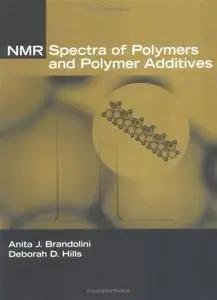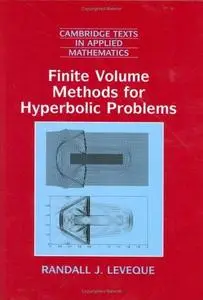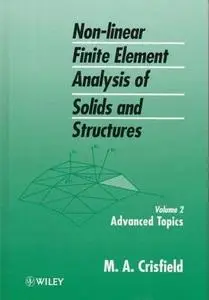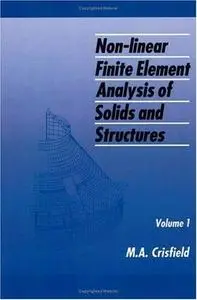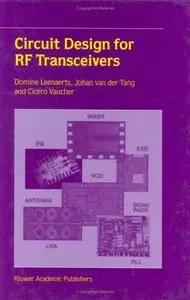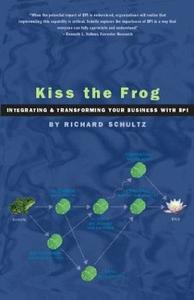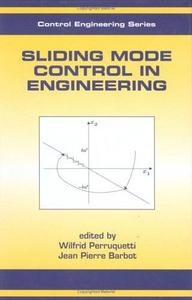Richard H. Dana
Multicultural Assessment: Principles, Applications and Examples
Lawrence Erlbaum Associates | ISBN: 080585200X | 2005 | 352 pages | 17.6 MB
Psychologists throughout the world are being asked to assess an increasingly diverse clientele: immigrants, refugees, second and third generations still influenced by different cultures and languages, and indigenous peoples now moving towards the mainstream. Most are ill-equipped by training and experience to understand, assess, and subsequently treat such clients competently and ethically. Virtually all agree on the need for culture-sensitive assessment, but it has proven difficult to provide adequate services, despite good intentions and funding. Too often, clients who may have different worldview and health-illness beliefs are marginalized.
For many reasons, standard assessment instruments designed, researched, and normed on a few groups in the United States–the MMPI-2, the Rorschach, and the TAT–are used as though they were universally applicable. Most busy practitioners have little time to investigate alternatives developed for use with one new group or another, focused on one issue or another, generally in a research context.


